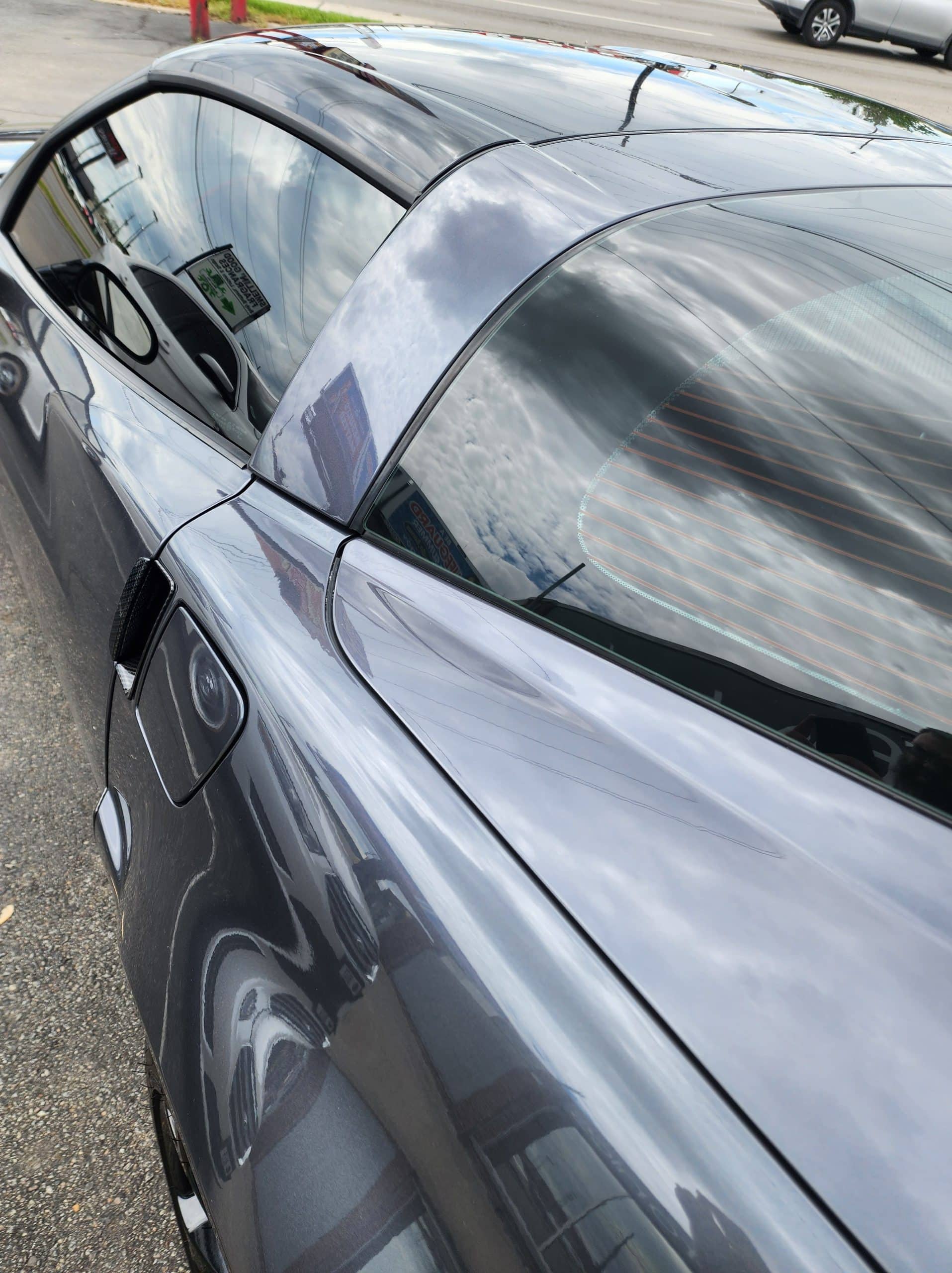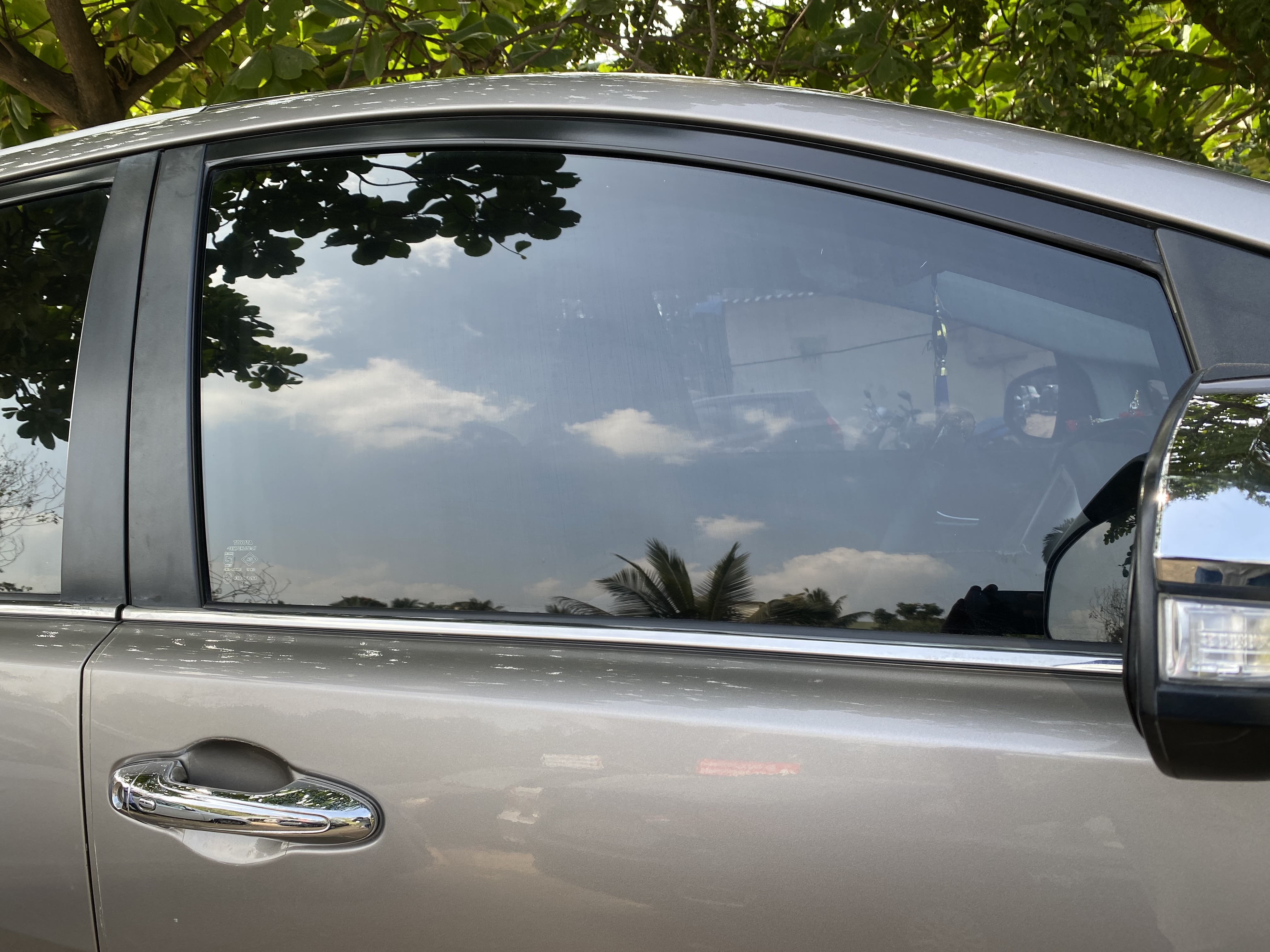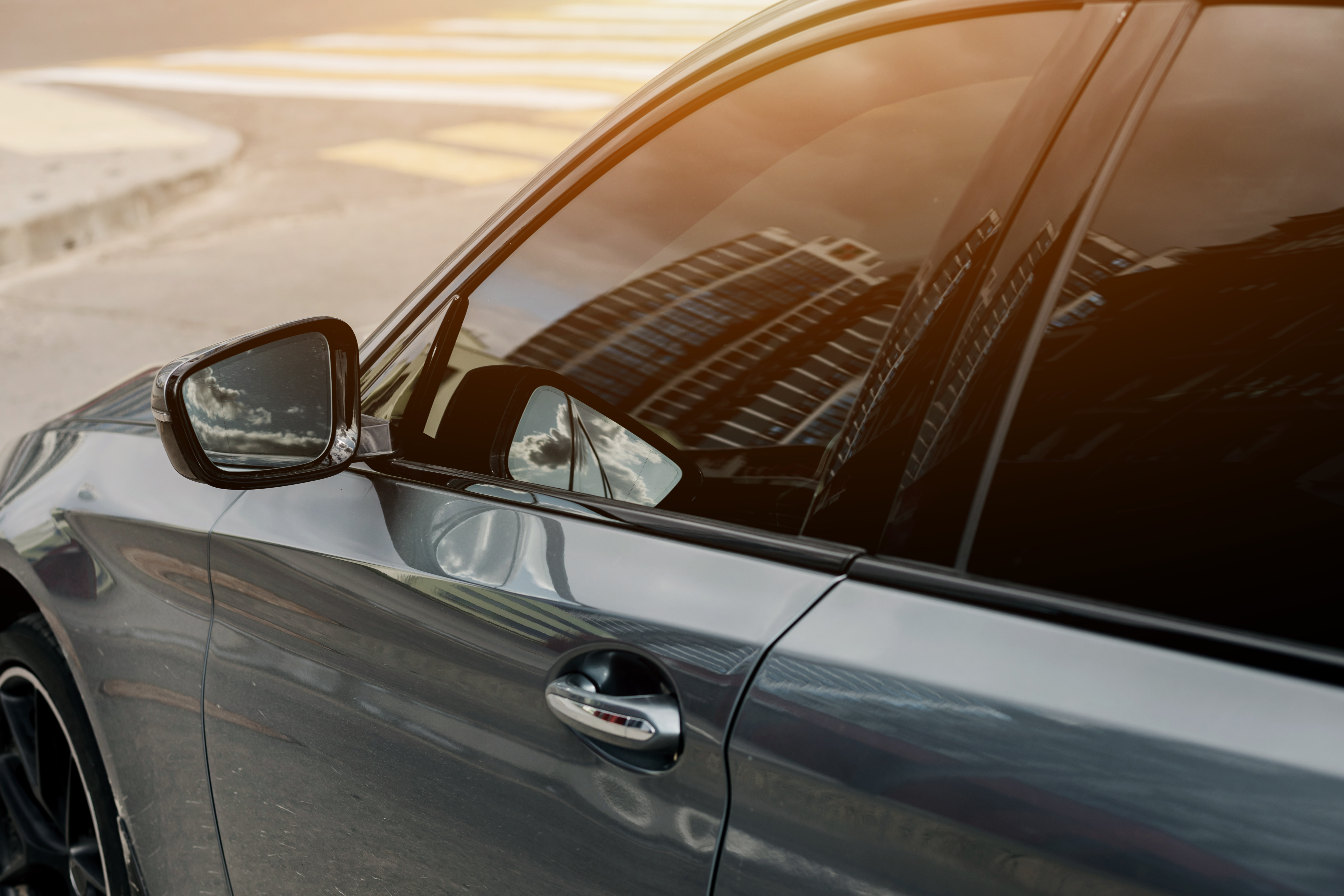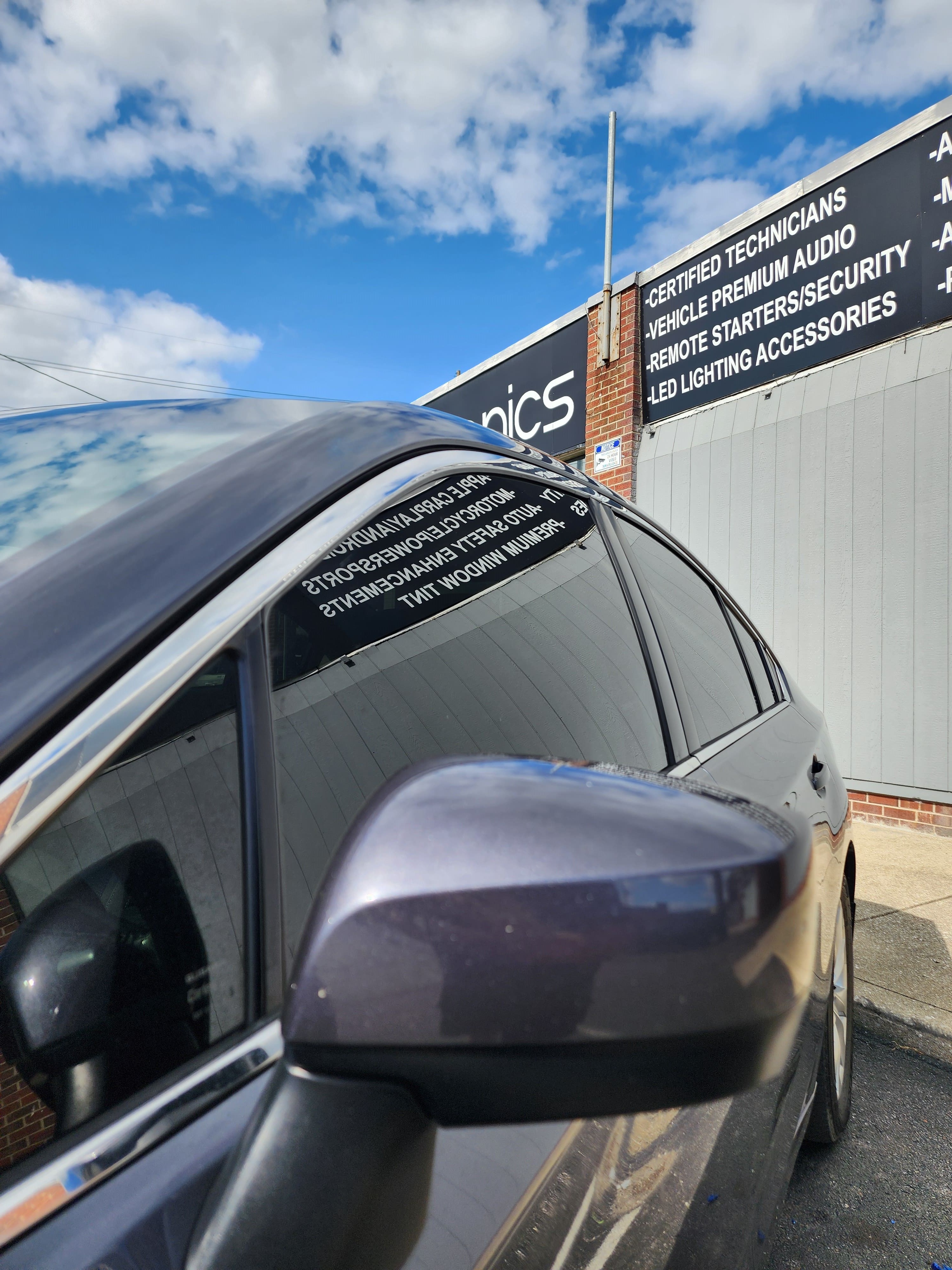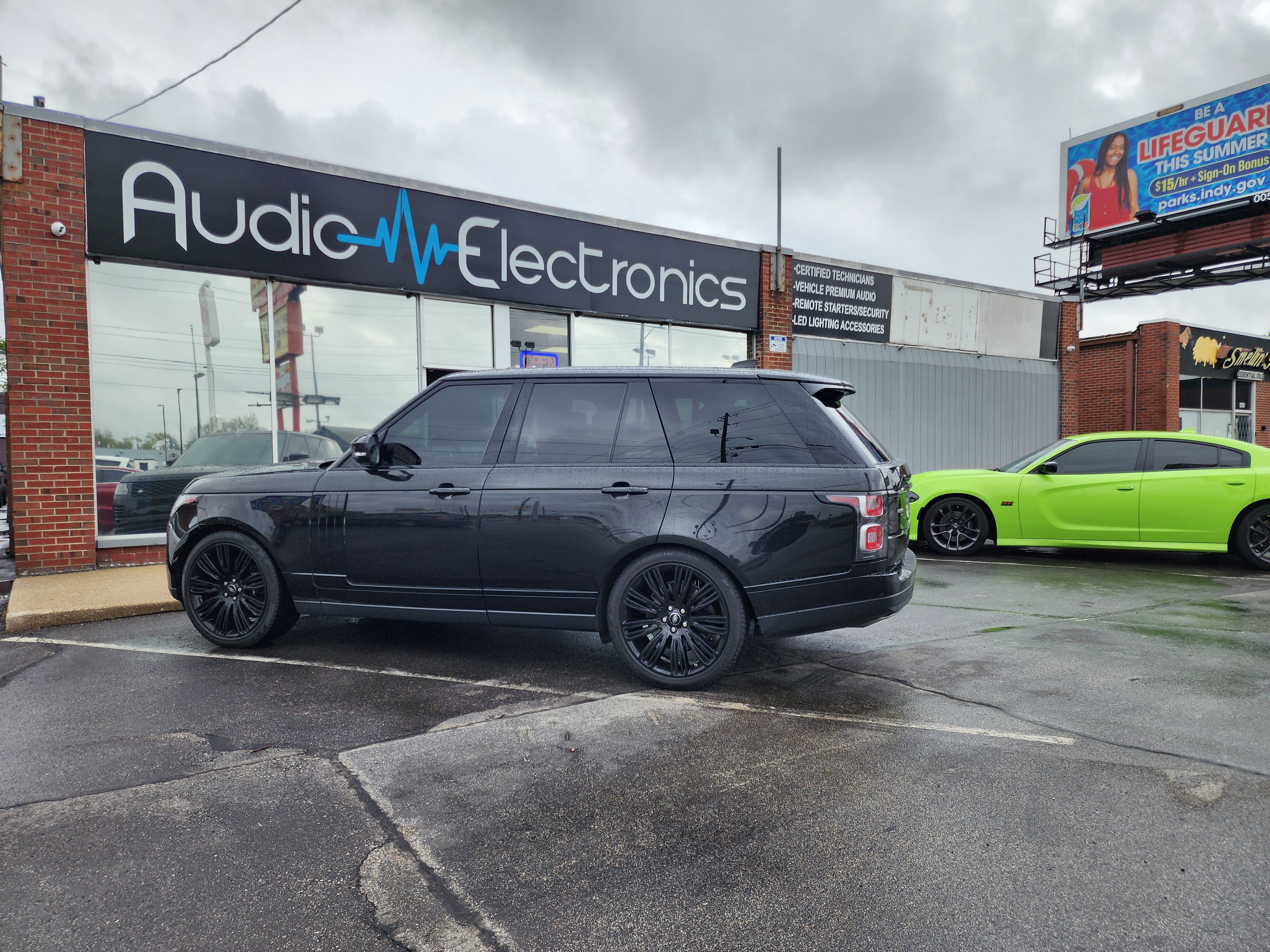How to Choose the Best Window Tint for Your Car
Enhance Your Ride: Exploring the Benefits of Car Window Tinting
Most drivers think all window tints are the same. The truth is, picking the best window tint can change how your car looks and protects you from the sun’s harsh rays. If you want privacy and UV protection window tint that actually works, knowing what to choose makes all the difference. Let’s break down the benefits of window tint and find the right fit for your ride.
Understanding Car Window Tinting
What Is Window Tinting?
Window tinting involves applying a thin film to your car’s windows. This isn’t just about making your ride look cooler (though it does that too!). The best window tint options serve many purposes beyond style. They block harmful UV rays, reduce heat, increase privacy, and can even make your car safer in accidents by holding shattered glass together.
Types of Window Tint Films
Not all tints are created equal. Let’s look at the main types you’ll find in the market:
-
Dyed Window Tint – This is the most basic and affordable option. A layer of dye is added to the film to absorb solar heat and reduce brightness. It gives your car a darker appearance but might not offer the best UV protection.
-
Metalized Window Tint – These films have tiny metallic particles that reflect heat and UV rays. They’re more durable than dyed films and won’t fade as quickly, but they can interfere with your phone signal or GPS.
-
Carbon Window Tint – Carbon films don’t contain any metal, so they won’t block your electronic signals. They offer good heat rejection and UV protection window tint properties while giving your windows a matte finish.
-
Ceramic Window Tint – The premium option. Ceramic tints use non-conductive ceramic particles that block up to 99% of UV rays without limiting visibility. They provide the best heat rejection without being too dark, making them the best window tint for many car owners.
-
Hybrid Window Tint – As the name suggests, these combine different technologies (usually dyed and metalized) to give you better performance than basic films at a lower cost than premium options.
Benefits of Window Tint
UV Protection and Health Benefits
One of the biggest benefits of window tint is protection from harmful UV rays. Did you know that regular car windows only block about 37% of UV rays? Quality UV protection window tint can block up to 99% of these harmful rays.
This isn’t just about preventing your dashboard from cracking or your seats from fading. It’s about your health too! Dermatologists often recommend window tinting because it helps prevent skin damage and reduces your risk of skin cancer, especially for people who drive a lot.
Think about it: if you drive an hour each way to work, that’s 10 hours a week of sun exposure on one side of your face and arm. Over time, this can lead to visible aging differences between the two sides of your face!
Temperature Control and Comfort
Have you ever returned to your car after it’s been sitting in the sun, only to feel like you’re stepping into an oven? Car window tinting can reduce the heat inside your vehicle by up to 60%.
This makes your drives more comfortable and means you don’t have to blast your AC as much. Your car cools down faster, and you save on fuel since your air conditioning system doesn’t have to work as hard.
During winter months, quality window tint also helps retain heat inside the car, making your heating system more effective.
Interior Protection
The sun can be brutal on your car’s interior. UV rays cause fading, cracking, and deterioration of your dashboard, seats, and other interior components. The best window tint acts like sunscreen for your car’s interior, extending its life and helping maintain its value.
This protection is especially important if you have leather seats or a premium interior that you want to keep looking nice for years to come.
Enhanced Privacy and Security
Car window tinting gives you more privacy while driving and when your car is parked. Darker tints make it harder for people to see inside your vehicle, which can deter thieves who might otherwise be tempted by visible valuables.
Many car owners choose to tint their rear windows darker than their front windows (where laws permit) to give back-seat passengers extra privacy while maintaining good visibility for the driver.
Glare Reduction and Safer Driving
Bright sunlight and headlights from other vehicles can create dangerous glare while driving. Car window tinting reduces this glare, making it easier to see the road in bright conditions. This isn’t just about comfort; it’s about safety too.
Reducing glare helps prevent eye strain during long drives and can be especially helpful for people with light sensitivity or those who drive during sunrise or sunset hours.
Shatter Protection
Quality window tint films add a layer of protection that helps hold glass together if it breaks. In case of an accident, this can prevent glass from shattering into small, dangerous pieces that could cause injuries.
This added safety feature is something many car owners don’t think about when considering window tinting, but it’s a valuable benefit worth noting.
Choosing the Best Window Tint
Understanding Tint Darkness (VLT Percentage)
VLT stands for Visible Light Transmission, which measures how much light passes through your windows. The lower the percentage, the darker the tint.
For example:
-
50% VLT means 50% of light passes through (a light tint)
-
35% VLT means 35% of light passes through (medium tint)
-
5% VLT means only 5% of light passes through (very dark tint, often called “limo tint”)
Your choice depends on your priorities. Want maximum privacy? Go darker. More concerned about visibility at night? Choose a lighter tint. Remember that most states have laws about how dark your tints can be, especially on front windows.
Legal Considerations Before Tinting
Speaking of laws, they vary widely by location. Some states allow tint as dark as 20% VLT on rear windows but require 70% or higher on front windows. Others have different rules for sedans versus SUVs.
Before investing in car window tinting, check your local regulations. Getting pulled over and having to remove tint you just paid for isn’t fun for anyone!
Also, keep in mind that some states require tint manufacturers to be certified, and your tint may need to be labeled to show it’s legal.
Quality Matters: Professional vs. DIY Tinting
Can you apply window tint yourself? Sure. Should you? That’s another question entirely.
DIY kits are available and can save you money upfront. But professional car window tinting offers several advantages:
-
Proper preparation (thoroughly cleaning windows)
-
Precision cutting to fit your specific windows
-
Professional-grade materials that last longer
-
Installation without bubbles, wrinkles, or debris
-
Warranties that protect your investment
Professional installation typically costs between $200-$800 depending on your car and the quality of film you choose. While this is more than DIY kits, the results usually look better and last much longer.
Selecting the Right Tint for Your Climate
Your local weather should influence your tint choice. Live somewhere hot and sunny like Arizona or Florida? Look for tints with high heat rejection properties, like ceramic or carbon films.
In cooler climates, you might prioritize UV protection window tint over heat rejection. Some premium films can provide excellent UV blocking even in relatively light tints that won’t make your car too dark during cloudy winter days.
Balancing Aesthetics and Functionality
Let’s be honest: many of us want tinted windows because they look cool. There’s nothing wrong with that! The best window tint should match your car’s style while also providing practical benefits.
Dark cars often look great with darker tints, while lighter vehicles might benefit from a more subtle tint that still provides UV protection. Consider your car’s color and your personal style when making your choice.
Maintaining Your Window Tint
Proper Care for Long-Lasting Results
Once you’ve invested in quality car window tinting, you’ll want it to last. Here are some tips:
-
Wait before cleaning – Don’t clean your windows for at least a week after installation to allow the tint to cure properly.
-
Use the right cleaners – Avoid ammonia-based products, which can damage tint. Instead, use mild soap and water or cleaners specifically made for tinted windows.
-
Clean gently – Use soft microfiber cloths rather than paper towels, which can scratch the film.
-
Watch for bubbles or peeling – If you notice any issues, contact your installer. Many professional jobs come with warranties that cover these problems.
Signs It’s Time to Replace Your Tint
Quality window tint can last 5-10 years or even longer with proper care. But eventually, all tints need replacement. Watch for these signs:
-
Purple discoloration (common with older, lower-quality films)
-
Bubbling or peeling edges
-
Scratches that catch your fingernail
-
Fading or uneven appearance
When these signs appear, it’s time to consider new tint. The good news? Window tinting technology keeps improving, so your replacement will likely perform even better than your original tint.
The Investment Value of Quality Tinting
Cost vs. Benefits Analysis
Let’s talk money. Is car window tinting worth it? Consider these factors:
-
Energy savings – Less AC use means better fuel economy
-
Interior protection – Preserves your car’s value by preventing damage
-
Health protection – Reduces UV exposure, potentially preventing skin damage
-
Comfort – Makes driving more pleasant year-round
-
Security – Adds a layer of protection against break-ins and accidents
When you add up these benefits, quality window tinting often pays for itself over the life of your vehicle.
Increased Resale Value
Cars with well-maintained window tint often sell faster and for better prices than those without. Many buyers see tinting as a valuable feature, especially in sunny regions.
Just make sure your tint is in good condition and complies with local laws. Bubbling, purple tint or illegally dark windows can actually decrease your car’s value rather than enhance it.

